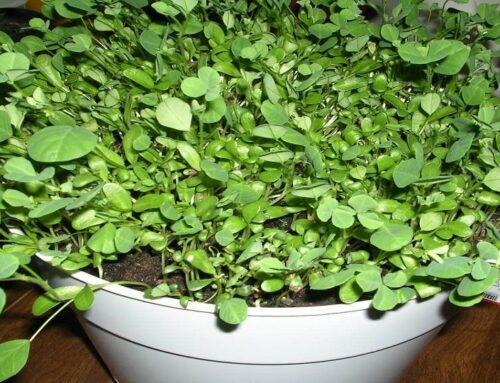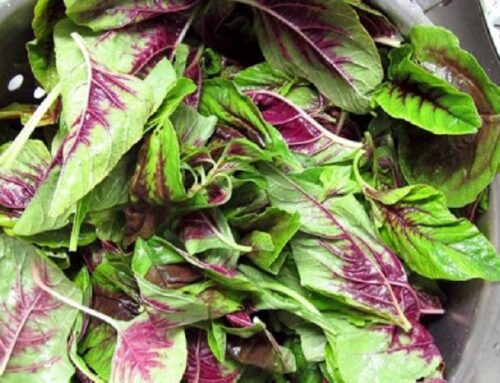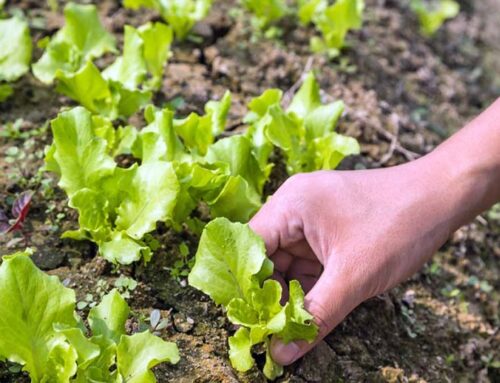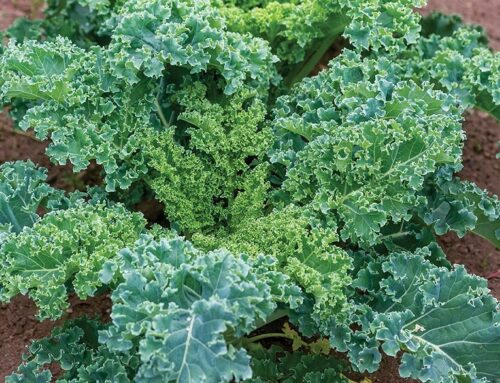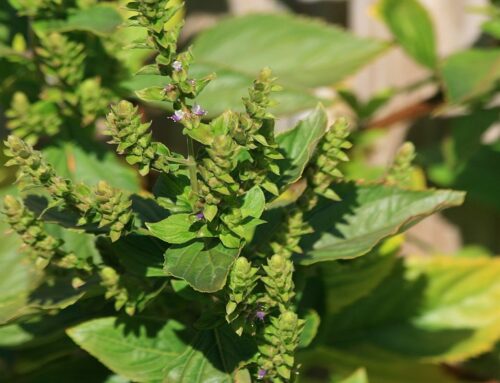Dill (Anethum graveolens) is an annual herb belonging to the family Apiaceae. It is believed to be originated in the Mediterranean region. Dill is widely grown in Europe and Asian continents for its leaves and seeds. Fresh and dried leaves and seeds of these plants are used for various food purposes.
Plant Description: Dill plant is easy to grow and needs very little care and attention from the gardeners. In some places, under suitable environment, the plant tends to grow vigorously like a weed and become invasive; therefore dill plant is sometimes called ‘dill weed.’ Dill plant is a herbaceous plant and reaches up to a height of 40–60 cm upon maturity. Stems are narrow, slender and hollow. Leaves are light green, alternate, finely divided or feather-like, soft and delicate. Leaves are highly aromatic and hence used for food flavouring purposes. Flowers are tiny, white to yellow in colour and borne in small umbels. Seeds are small and can be used as a spice and condiment. Seeds are rich in an essential oil and can be used for the extraction of dill oil which is a major ingredient in many cosmetics and toiletry preparations.
Growing Requirements of Dill: Warm to hot summers is the most ideal climate for growing dill plants. Plenty of sunshine up to 10-12 hours of direct sunlight is needed every day. Shade is not required and not preferred by the plants. Soil should be well-drained and should be rich and fertile with lots of humus present in it.
Propagation and Planting: Propagation is by seeds. Seeds are viable for three to ten years. Seeds can be sown directly in the open fields or seedlings can be raised in nursery beds. Seeds are sown by broadcasting and seedlings appear within two weeks. Thinning is done when seedlings are 2-3 weeks old. Thinning is done at 10-20 inches apart. Thinning is essential to give sufficient space for growing seedlings.
Transplanting can be done when seedlings are half to one inch tall; but it is not advised as plants may not withstand transplanting shock. So it is better to sow the seeds directly in the containers if container-growing is preferred
For open growing, either direct sowing of seeds or transplanting seedlings may be practiced according to the convenience of the growers. Site should be well-prepared and well-manured much before the transplanting process.
Manuring and Watering: Dill plants are very easy to grow and do not require heavy manuring. Organic manures such as compost and farm yard manure may be incorporated into the top soil time to time to replenish soil fertility. First application of organic manures and compost may be done at the time of site preparation.
If leaf production is the major objective, the plants should be fed with liberal doses of nitrogen fertilisers. Plenty of nitrogen is needed for vigorous leaf growth. Foliar application of urea or liquid nitrogen may be given for container-grown plants. Water is given according to the needs of the plants, wetness or dryness of the soil, prevailing climatic conditions etc.
Harvesting: Plants reach to maturity almost 60-70 days after sowing the seeds and leaves can be harvested at this stage. Leaves can be harvested by using a sharp knife. If seed production is the major objective, plants are allowed to grow one month more; i.e. seeds can be harvested almost 90 days after sowing. Seeds are harvested when they reach ripening stage and harvesting is done by cutting the flower heads off the stalks. These flower heads are dried in shade for a week or until seeds are ready to be extracted. Seeds are then extracted and stored in air tight containers.
Check out our publishing services here…
We publish top quality videos on various ‘Food & Agriculture’ topics. You may subscribe our video channel here…


